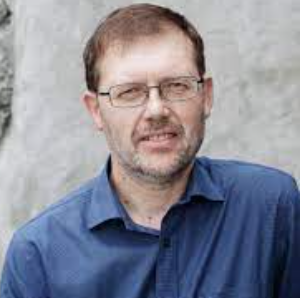Title : Optimal Opioid Substitution Treatment OST, based on the European Union EU statistics through 30 years What to learn from diverging France and Norway
Abstract:
Is it possible to reduce “Opioid overdose deaths” by more than 50%? Opioids (heroin/methadone/morphine/phentanyl/buprenorphine etc.) contributes to about 70-80% of total “Drug related deaths”(DRD) in a country. DRD is the parameter used by the EU in its annual reports.
What is the implication of reducing the DRD (ie reducing the impact of heroin) – for the addict and the many affected persons; open drug scenes, work capability, health, welfare?
The EU (from the EMCDDA bureau in Lisbon) has a unique statistic material to study – from their 28 member countries, but also yearly reports from Norway and Turkey. This goes back about 30 years. From the 1990-ies the different countries established their specific method for opioid substitution treatment (OST), mostly with the drugs methadone (MDN) and buprenorphine (BPN), some with heroin for a minor group. Some let the general practitioners (GPs) start OST for one or both drugs (BPN only, or also MDN), while other countries use a Special Unit (SU) for start of OST.
From my studies of the EU reports it struck me that France was very lucky with the combination of GP starting BPN (from 1996), while MDN was started by SU (and supervised the dosing closely), with 79% reduction of DRD during five years. Also Portugal, Czech Republic and Cyprus have adopted the “French system”, resulting in the lowest DRD in EU; while the worst countries (like Norway) have DRDs 10-15 times higher.
My own experience from 2001-2003 (3 years) in the Norwegian town Sandefjord (40.000 population), based on the “French system” is that all overdoses disappeared with low-threshold, no-cost OST with BPN from the GP (me). I opposed the national, diametrical opposite OST: high-threshold, rigid, with detox trials.
What are the implications for letting GPs doing this – including cooperation with the SU-system and NGOs?
What are the hindrances for other countries to adopt the “French system”?
How is the possibility to quit the opioid?




